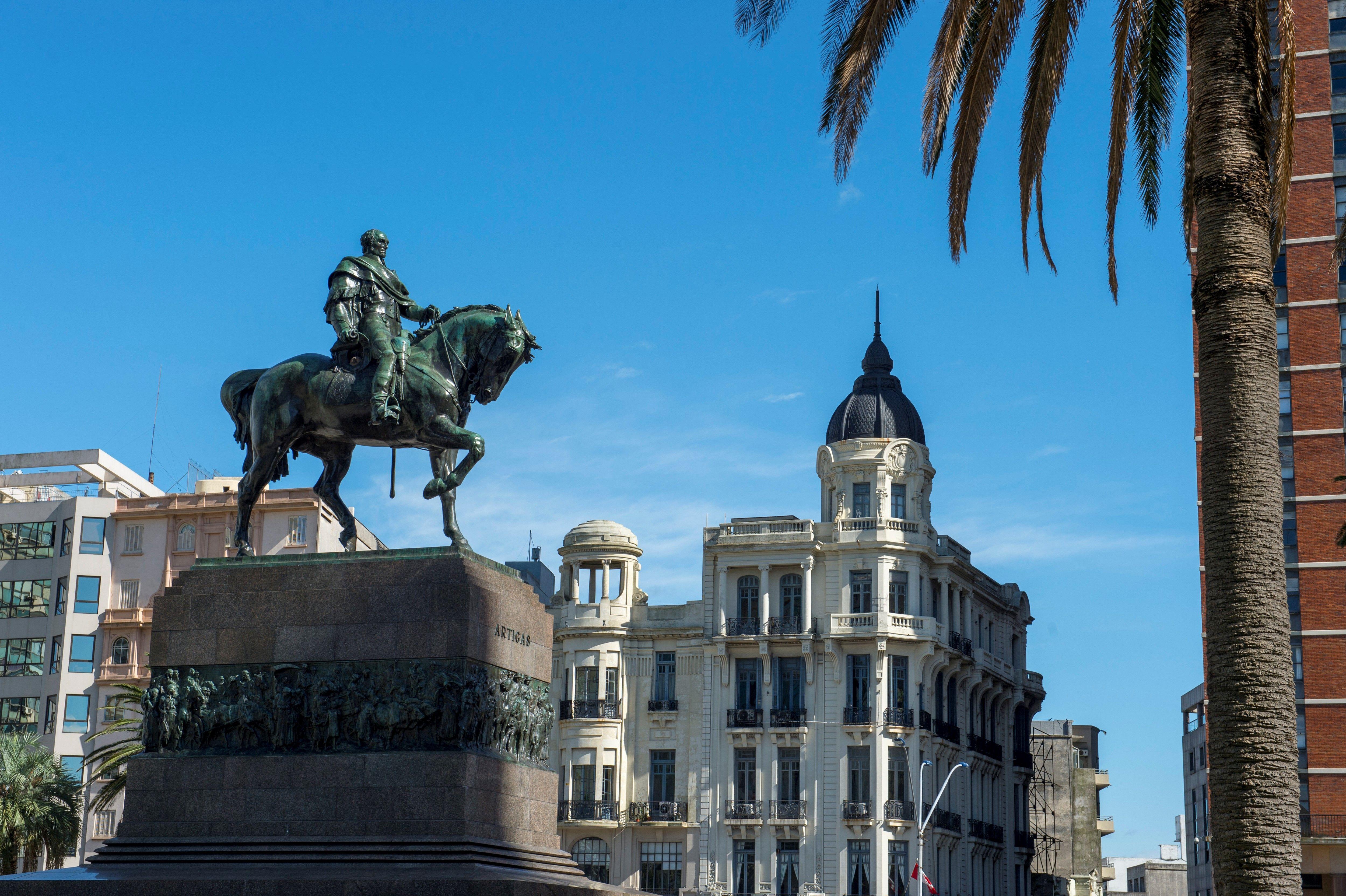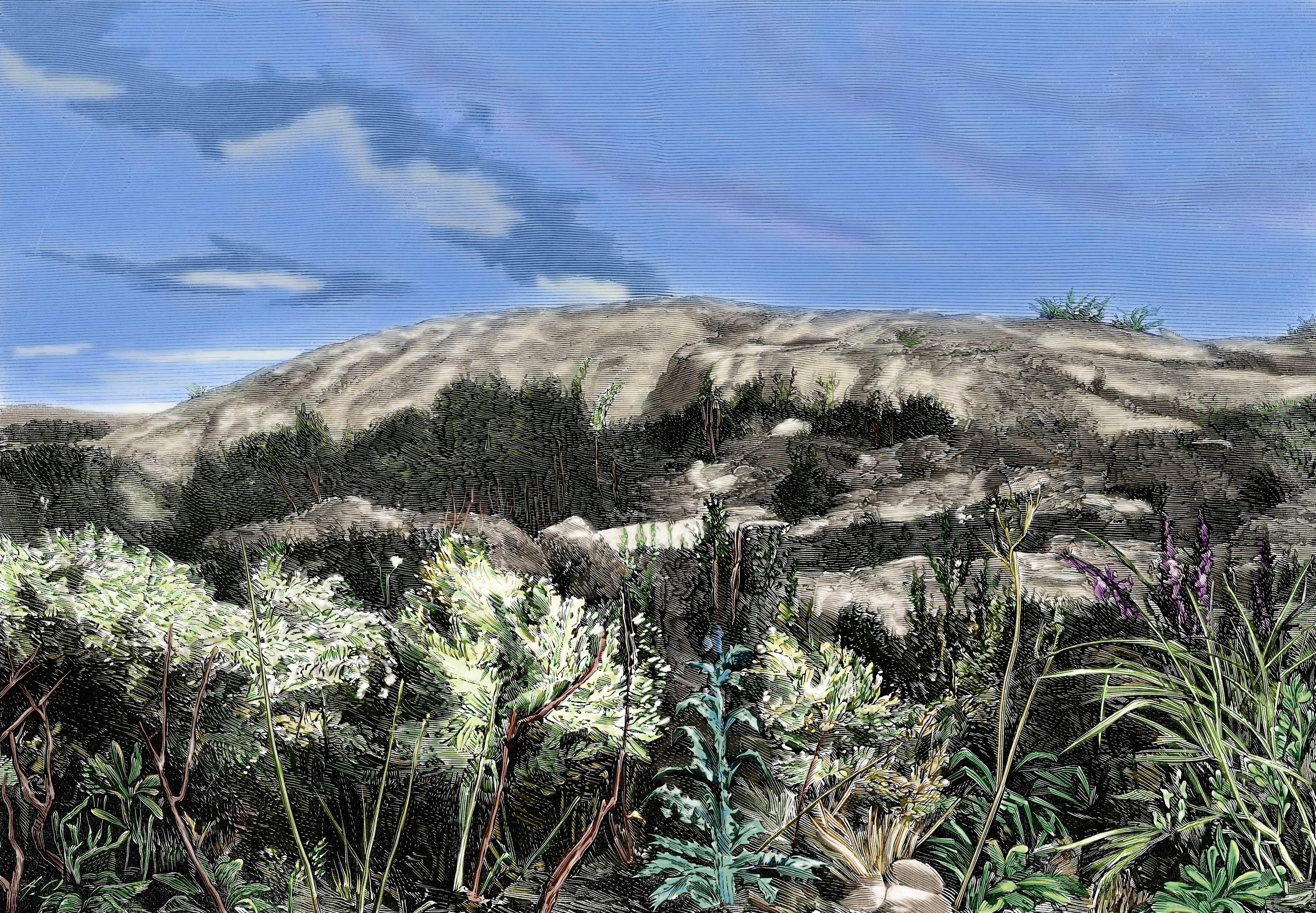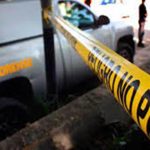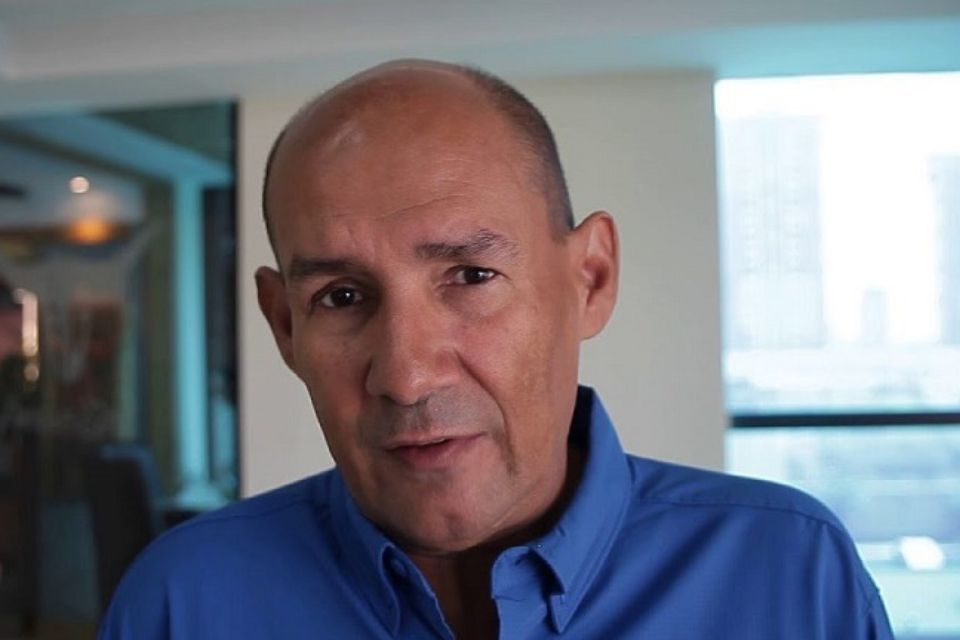August 25, 2024, 9:45 AM
August 25, 2024, 9:45 AM
If you ask a Uruguayan what is celebrated every August 25 in their country, you are likely to receive two different and curious answers at the same time.
One of them would be “the Night of Nostalgia,” which begins in the hours before the arrival of that date and continues into the early morning, with crowds coming out to dance to music from bygone eras.
The other probable answer is that Uruguay commemorates the anniversary of its Declaration of Independence on August 25, 1825 with a non-working holiday. In fact, this has made it easier for the day to begin with nighttime parties for a few decades now.
But there is something that often remains in the background of collective memory: that same day 199 years ago, The then called Eastern Province also chose to join the United Provinces of the Río de la Plata, the embryo of what would later become Argentina..
Over time, politicians and historians have analyzed and discussed this paradox.
“Independence is being asked for, but to be linked again to a larger political unit. So it is not the sense of independence of the country that we finally obtained,” says Ana Ribeiro, a historian and Uruguayan undersecretary of Education and Culture, to BBC Mundo. “That is the point of discussion.”
However, she and other experts maintain that there are explanations for the apparent contradiction.
Three laws
The Eastern Province reached the year 1825 marked by a series of events that, for some, had already begun its independence process.
The current hero of Uruguay, José Gervasio Artigas, had led the eastern revolution against the Spanish monarchy in the previous decade, whose Viceroyalty of the Río de la Plata was in crisis after the May Revolution of 1810 in Buenos Aires.

But Artigas never conceived Uruguay as an independent countryHis project to form a regional confederation of provinces brought him into conflict with the centralist leaders of Buenos Aires and ended in defeat after the Portuguese-Brazilian invasion of the Eastern Province in 1816.
Following an uprising by several leaders against this occupation in April 1825, a provisional government was formed in the Eastern Province which convened a House of Representatives, which would approve three fundamental laws.
The first of these laws declared the Eastern Province “free and independent of the King of Portugal, the Emperor of Brazil, and any other in the universe, and with ample power to give itself the forms that, in the use and exercise of its sovereignty, it deems appropriate.”
Ribeiro stresses that this law clearly established the concept of independence.
However, the second law passed that day declared “the union with the other Argentine Provinces, to which it always belonged by the most sacred ties that the world knows”.
A third law established that the provisional flag of the Eastern Province would have blue, white and red stripes (different from the one later adopted by Uruguay) until the reincorporation into the United Provinces was completed.

“If I deduce that on August 25, 1825, what is being established is the formation of a separate State with a vocation to be independent of the others, I’m forcing it“, Ana Frega, a history professor at the University of the Republic in Montevideo, told BBC Mundo.
However, that was the date that would later be officially chosen to commemorate Uruguayan independence.
“Secular liturgy”
Since then, Uruguay has questioned, like few other countries in Latin America, the moment in which it was born as an independent state.
The debate was started in the Uruguayan Parliament in 1923, but it was not resolved. The Chamber of Deputies voted to declare August 25, 1825 as the date of independence, and the Senate opted for July 18, 1830, the day on which the first Constitution of the brand new State was sworn in.
The dilemma divided the two traditional Uruguayan parties: the Blanco, leaning towards the first date, and the Colorado, towards the second.
The issue returned to the legislative arena in 2005, when former president and Colorado senator Julio María Sanguinetti proposed changing the national date and argued that celebrating independence on August 25 was a “historical error” because That moment “marks our provincial sovereignty and its subsequent adherence to Argentine membership”.
Some historians have suggested that true independence was achieved on October 4, 1828, with the ratification of the Preliminary Peace Convention. That day, with British mediation, the war between the Brazilian Empire and the United Provinces for control of what would become the Eastern State of Uruguay ended.

However, August 25 remains the official date of Uruguayan independence to this day.
“Commemorations create a sediment in society, so eliminating a date requires very broad consensus and discussion,” says Frega. “In Uruguay, rather than eliminating dates, what we have done is incorporate dates.”
He explains that on August 25, the Eastern Province established independent sovereignty as a “founding act.” And only after that would it be incorporated into the United Provinces with which it had had previous conflicts, so that union “was also very forced.”
Ribeiro points out that The date of independence was a “historiographical construction” that was given solemnity and has a civil meaning because it refers to laws instead of battles..
“There has been talk of changing it a few times, and then the discussion immediately begins about which one would be the correct one. There is no date that is free of controversybecause you have to understand the process and processes are complex, with comings and goings, with contradictions,” says the undersecretary.
Perhaps the question then is why it is so important to mark a specific day of origin for this nation located between Argentina and Brazil, which today has just 3.4 million inhabitants.
“There is a secular liturgy in countries (that) requires milestones, a day of birth, a father,” Ribeiro responds.A country needs a strong reference and this country needed it to be born, to demonstrate that its independent existence made sense.“.

And remember that you can receive notifications in our app. Download the latest version and activate them.


















